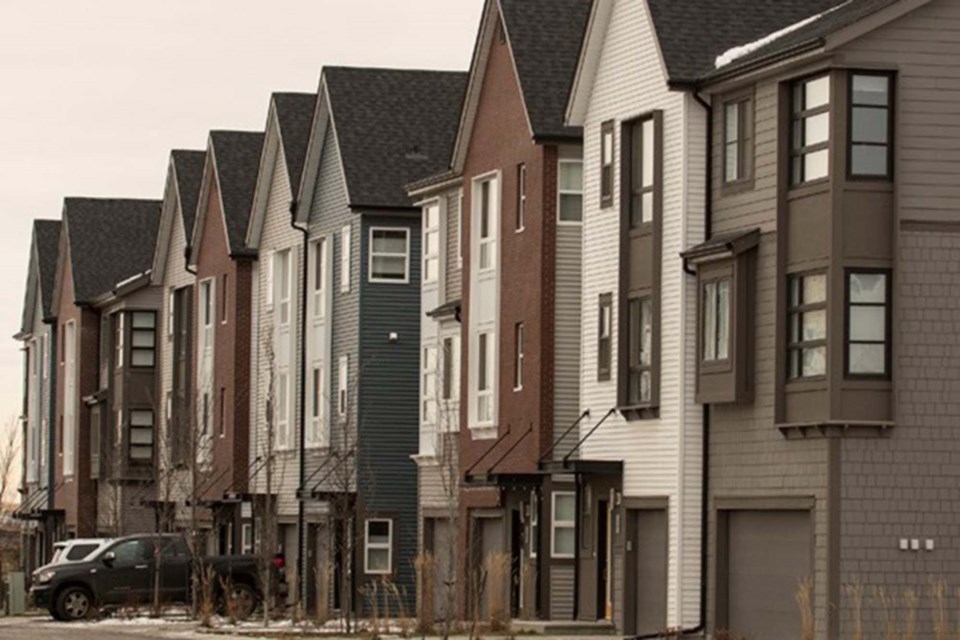Urban areas such as Edmonton hold and release heat more than their rural counterparts, according to new research from urban planning experts.
Cities are often built in a way to retain heat, with features such as parking lots and plenty of cement trapping heat from the sun and then releasing it back into the community, said University of Alberta urban planning expert Sandeep Agrawal.
Recent research from University of Alberta shows that Edmonton traps heat, like other big cities, and creates an urban heat island, Agrawal said.
In Edmonton this can result in temperatures 6 C to 12 C higher than the surrounding rural areas of the province, the research shows.
“The temperature differential essentially means higher temperatures in an urban area compared to its rural surroundings, which usually develops into extreme hotspots,” Agrawal said.
Materials such as concrete, asphalt, and tar, which are typically used in cities for housing, parking lots, and other infrastructure, trap heat easily.
“Over time they release it in the ambient environment and that heats up the environment quite a bit,” Agrawal said.
Even in winter cities, such as Edmonton, Agrawal said planners must consider the heat waves that are increasingly prevalent due to a changing climate.
Now northern cities are not only dealing with cold temperatures in the winter, but need to battle an increasing frequency of heat waves in the summer. In the last two decades, heat waves have increased, Agrawal said, and new planning challenges have emerged.
“The planning and design need to take into account now both winter and summer temperatures,” Agrawal said.
“We need to think about what we can do to make sure that some of these areas, especially the hotspots, are cooler in the summer months and [do] not get that cold in the winter months, either.”
While the cement and tar in Edmonton is keeping things hot in the summer, the city does benefit from the heat retention in the winter. Agrawal said the heat island can take some of the edge off of extreme cold temperatures in the winter.
But planners must look at how to manage extreme temperatures with heat and cold, the expert said, and choose materials and design practices that support both seasons.
Increasing vegetation cover in a city by 20 per cent can reduce the current urban heat island temperatures quite a bit, Agrawal said.
But practices that might work in other warmer climates — such as green roofs, where there is vegetation planted on the roof to help keep the area cooler — might not work in Edmonton because of the city's cold winters.
The research also found there is a direct relationship between more population density and an increase in hotspots.
The findings are no reason to abandon building more dense neighbourhoods, Agrawal said, but rather planners must consider the building materials that are used and find a way to break up large swaths of cement, such as parking lots, with trees and greenery. In other cities, such as Toronto, there is an increase in the use of brick, as it absorbs less heat than other materials.
It is important to take advantage of natural green spaces that already exist, too, the expert said, such as the North Saskatchewan River valley in Edmonton. Areas closer to natural green spaces and waterways were cooler than industrial areas, according to the research.
“We can take advantage of the natural features that currently exist. So, perhaps ... design and even the new subdivision layouts could be done in such a way that they allow for more cool breeze of the water off the river and its tributaries during the summer,” Agrawal said.
The findings from the University of Alberta study are consistent with literature from other studies done globally.




